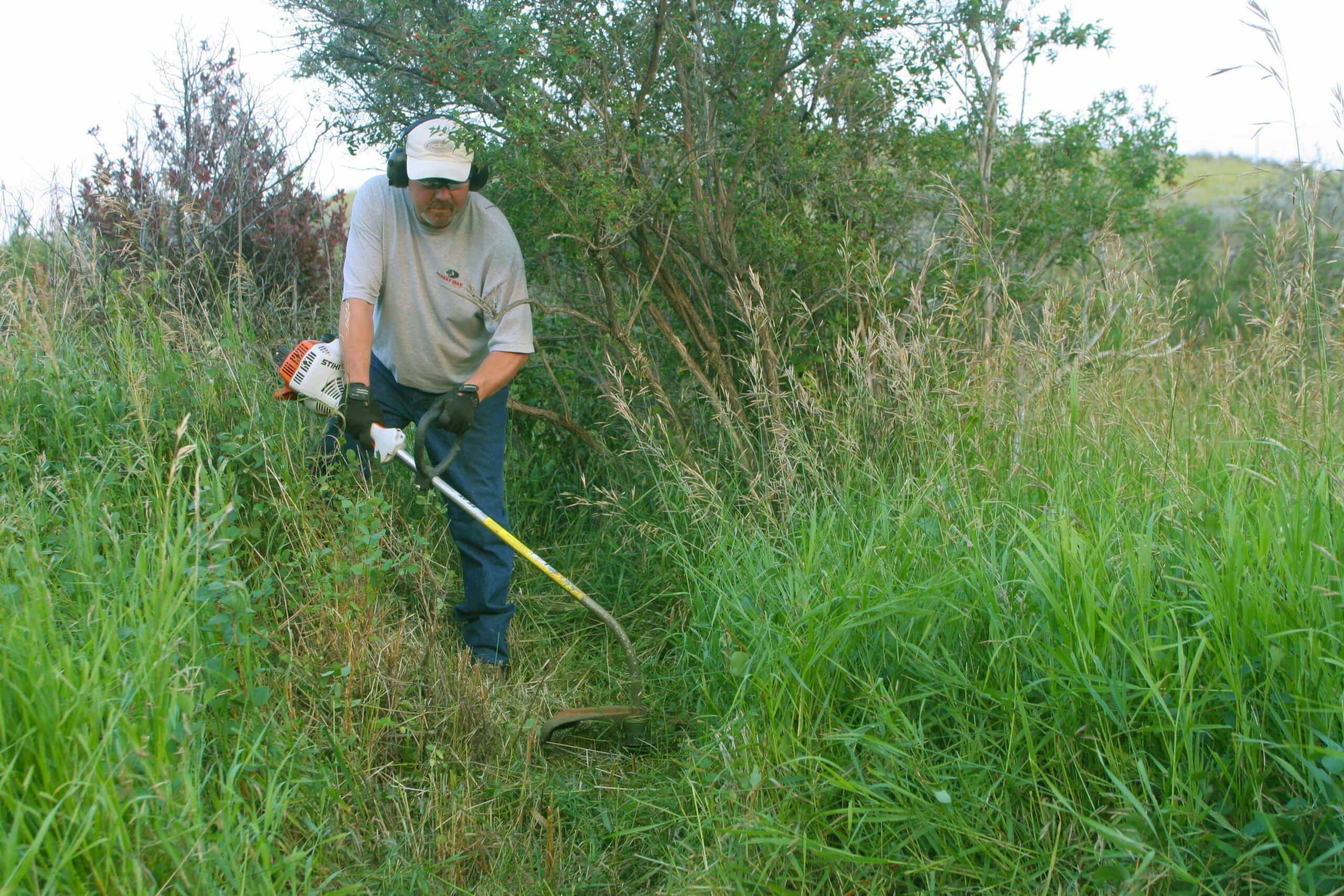Preseason Checklist For Success
The buck had a choice. He could either stay along the dry riverbank and travel in an exposed corridor or take an offramp into the thick willows surrounding my treestand. The offramp was easy to spot. Months prior to the bow season I used a machete to chop a pathway through the tangle that led past my stand. Without a pause, the buck signaled his attention to my machete-made byway and a moment later was under my stand sniffing a wick of estrus scent I placed earlier that afternoon. The shot was slam dunk at 18 yards.
It is easy to get caught up in the rush of life during the warmer months of the year but consider taking a few days off to create a preseason plan for fall moments like this.
Permission
Get permission to hunt now. Most landowners engaged in working the land are busy year-round, but early spring means planting, and fall is harvest time. Right now, between the two, may be the best time to discuss hunting permission with your landowner contact. Changes occur with land ownership, management practices and hunting rights. Putting this chore off could land you without a place to hunt this fall.
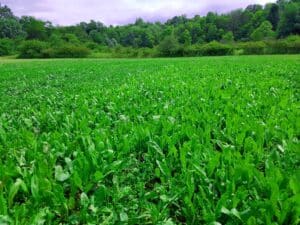
Even if you have family ties to a property, a nephew or niece suddenly interested in hunting could push you to the end of the line for season access. A wealthy individual may stride in and lease the property right out from under you. And surprise land management changes could lead to huge changes on how game species use a property, too.
Grazing cattle, wildfire, crop rotations and the likes may turn your old honey hole into a gar hole overnight, or vice versa. Before you close the conversation with an agreeable landowner, always ask them if they need any offseason help. A weekend worth of goodwill can go a long way toward keeping future gates open for hunting.
Summer Chores
There is plenty of obvious work to be done before hunting season. Fans of the fall food plot need to begin designing plot locations, prepping soil and purchasing seed. Your window to plant will likely be from late July through mid-September and organization beforehand is critical. You need soil samples finished, soil limed and tilled, and fertilizer spread so when the window looks favorable, you can plant instantly.
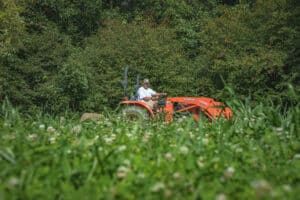
After you survey surrounding crops and the location of any new food plots, it is time to get stands and blinds in place. The earlier the better to allow an intrusion into sanctuaries to be long forgotten by hunting season. Hunting apps can aid in this surveillance and even help in food plot design. I also bring along my Sig Sauer BDX rangefinder to confirm all shot distances, especially while using archery tackle.
After staking a blind or hanging a stand, the next order of business is removing shot obstructions down potential shooting lanes. Twigs, limbs, clumps of grass and other deflectors, courtesy of Mother Nature, could bring a great encounter to a demoralizing ending along a shot alley. Any trimming should be targeted, but do not overdo it. Be mindful of the first hard frost and its power to strip limbs of colorful cover flora in following weeks. The natural cover helps you melt into the backdrop and some of it will be lost as fall progresses. Trim, but be prudent.
Clear A Backdoor Entrance and Exit
After clearing potential obstructions in shooting lanes, turn your attention to pathway clearing, especially with backdoor entrances designed to hide your intrusion. This simple step oftentimes gets overlooked in the preseason and serves multiple purposes. First, by removing all limbs, saplings, and vegetation on your trail, especially the last 100 yards to your stand, you remove noise and scent-warning signals deer may notice. Branches hitting your bow, rifle or decoy, could make foreign noises alerting nearby deer to your presence. Plus, any time you brush up against foliage it provides a possible scent catcher, leaving a clue danger has passed. With a debris-free trail you simply must spray down your boots to erase foot scent and make your way to your stand.
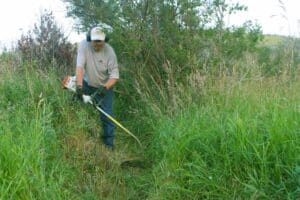
Second, your pathway clearing could lead to an offramp opportunity like I experienced in the opening. Stands set in thick cover may receive more traffic if there is a path of least resistance leading past it. Deer may avoid your path, but if it is an already established path and you open it a tad wider, get ready for more deer traffic. You can also manipulate movement by using a mower or brush-mowing device to clear a trail through woods, grassy fields and other thick cover. The Yellow Brick Road will garner attention.
Another simple job you can do to attract travel to a site is to wire up gaps in a fence to create larger holes for deer to slip through. Deer roam fences looking for easy crossing areas and downed wires, low spots and your manipulation of a gap could tick up travel. Get the permission of any landowners first.
If you have minimal options for backdoor entrances, create one with another afternoon of planting. plant a vegetative screen. Tall crops, like sorghum, Egyptian wheat, corn or even landscape reed grass, can block the view of deer and veil your entrance to a specific location. It also aids in cloaking your exit after departing a stand if deer happen to be onsite.
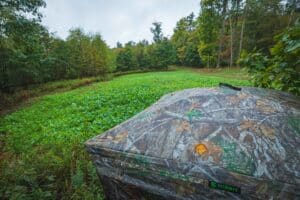
Odds are you have stands set away from food plots. If the area is an open glade in timber, you can scratch in clover, winter wheat and other simple green crops to attract deer. The area you plant is not meant to produce tons of forage, but create a curiosity spot in the woods for deer to pass by and pause. This lures deer and gives you a shot at an undistracted animal.
Finally, consider getting mock scrapes roughed out beforehand and adding a rubbing post. Preseason mock scrapes aid in establishing early travel patterns. Simply clear ground clutter and add scent now or later. Another trending ruse includes the placement of rub posts in strategic shot locations. Think aromatic fence posts, like cedar, and plant one right along a trail near your hideout to make a buck not only stop, but position for textbook shots.
Don’t Forget Trail Cameras
While checking off these preseason chores from your to-do list, do not forget to bring trail cameras along. Food plots, trail manipulations, early mock scrapes and fence crossings all create opportunities for trail camera imagery. Toss a cell camera in your gear and after every job is complete, hang a trail camera to monitor the results of your sweat equity.
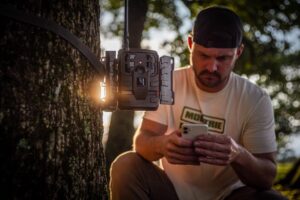
It is easy to forget about hunting season months away. Nevertheless, by taking a few hours now and then through the warm months of the year, the time spent could add up to an unforgettable social media post when the fall colors are in full blaze.
About the Author: Mark Kayser is a prolific outdoor writer and hunting television host. Mark spends his falls chasing elk and whitetails from the Rocky Mountains to the Midwest. From solo DIY elk hunts on public land to sitting in a treestand waiting to ambush rutting whitetail bucks, Mark lives and breathes the hunting lifestyle. For more about Mark Kayser and ways to follow him on social media, visit www.markkayser.com.
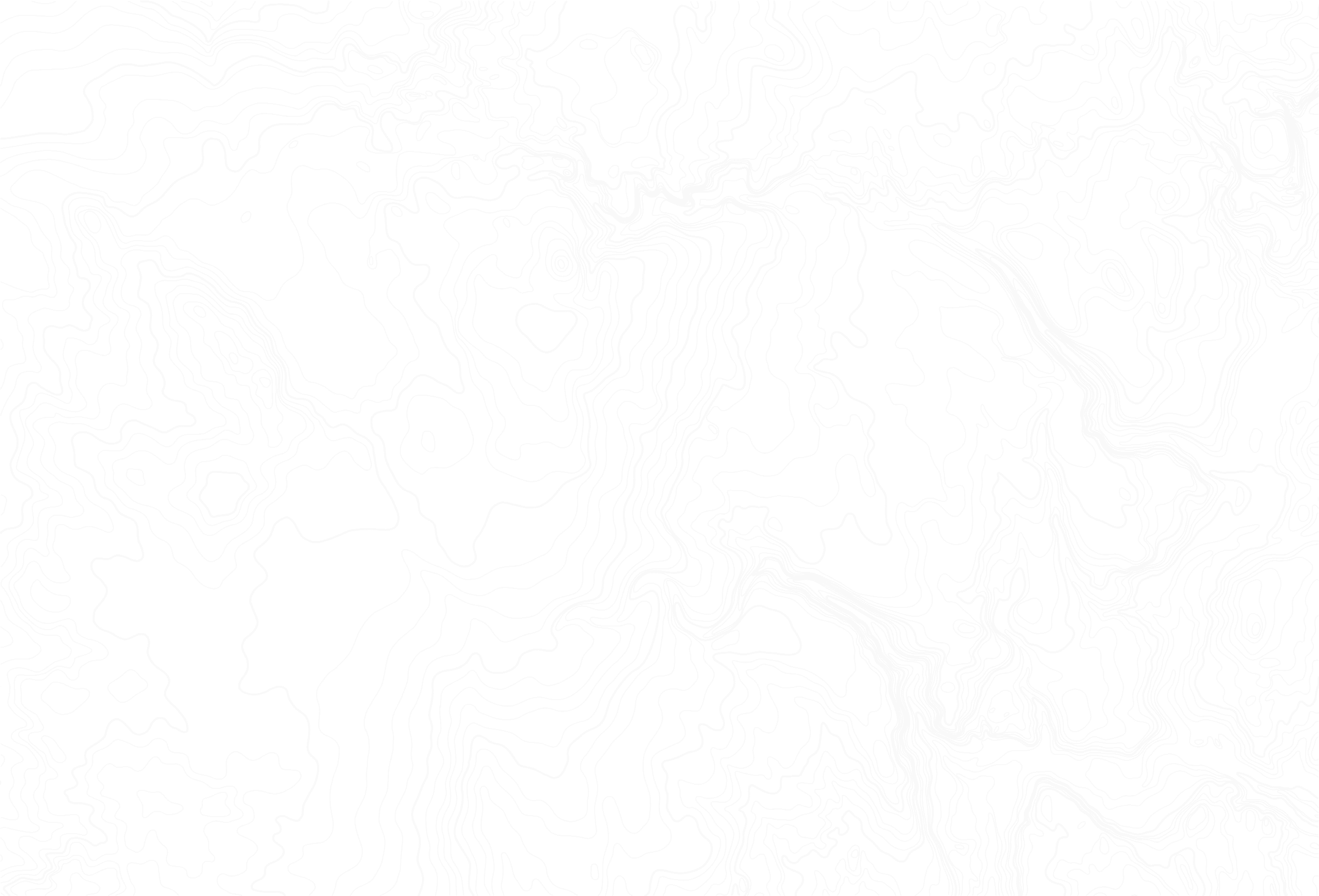

Featured
Juicy homemade jalapeno cheddar brats are perfect for grilling all summer long. They’re packed with all the right seasonings and fresh ingredients, making them extra tasty.

Featured
MeatEater and Moultrie Mobile join teams to bring hunters closer to nature.

Featured
These wild turkey skewers are tender and smothered in a homemade teriyaki glaze. Wild turkey sometimes gets a bad reputation for being a tough meat but when prepared properly using the steps in this recipe, the results are amazing.



